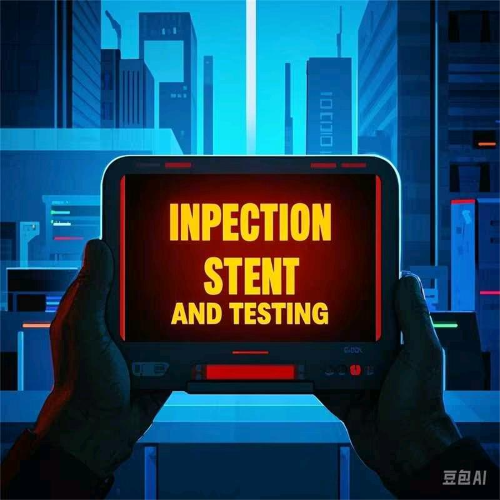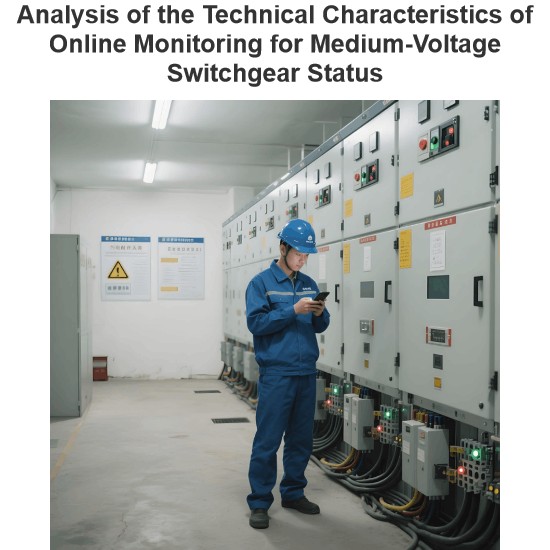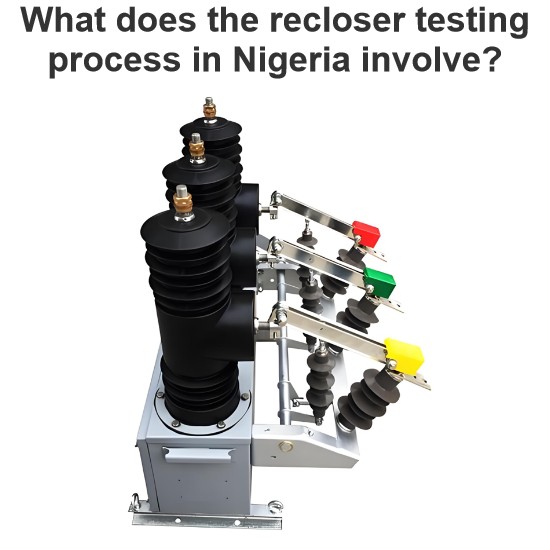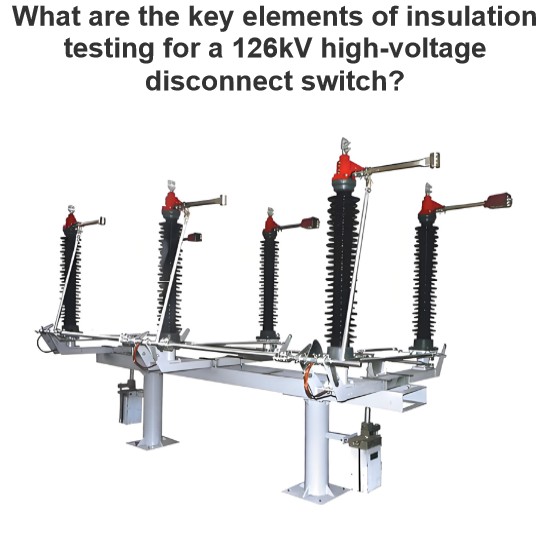Distribution Transformer Appearance Inspection: A Fundamental Step for Reliability
In the realm of electrical power distribution, the distribution transformer stands as a crucial link between high-voltage transmission and low-voltage consumption. Ensuring its reliability begins with meticulous inspection, particularly of its external condition. Regular inspections are not merely routine checks; they are proactive measures to prevent failures that could disrupt power supply and pose safety risks.
1. The Significance of Appearance Inspection
The exterior of a distribution transformer serves as the first line of defense against environmental and mechanical stresses. An initial visual inspection allows technicians to identify immediate concerns, such as physical damage or signs of leakage. Any cracks, dents, or corrosion on the transformer’s tank can compromise its structural integrity, potentially leading to oil leaks or ingress of moisture—both of which severely impact performance. A thorough inspection of the transformer’s housing, bushings, and cooling fins is essential to catch these issues early.

2. Key Elements of Appearance Inspection
During an inspection, technicians focus on several critical components. The distribution transformer’s tank requires close scrutiny for paint degradation, which could indicate overheating. Rust spots may suggest inadequate sealing, warranting further investigation. Inspection of bushings involves checking for cracks, carbonization, or tracking marks—all signs of electrical stress. Additionally, inspection of cooling fins for blockages (e.g., dirt, debris) ensures efficient heat dissipation, preventing thermal overloads.
3. Inspection Procedures and Tools
Effective inspection demands a systematic approach. Technicians start by documenting the transformer’s data to verify its specifications match operational requirements. Using tools like binoculars and infrared cameras, they conduct non-invasive inspections, detecting anomalies without interrupting service. For example, infrared imaging can reveal hotspots invisible to the naked eye, signaling potential internal issues. A checklist guides the inspection, ensuring no detail—from gasket condition to the tightness of external connections—is overlooked.
4. Frequency and Standards
Distribution transformer inspection frequency varies based on usage and environmental exposure. In harsh conditions (e.g., coastal areas with salt-laden air), monthly inspections may be necessary, while less demanding environments might allow quarterly checks. Standards like IEEE and IEC provide guidelines on inspection protocols, emphasizing the importance of consistent, detailed records. These records serve as historical data, enabling trend analysis to predict future maintenance needs.
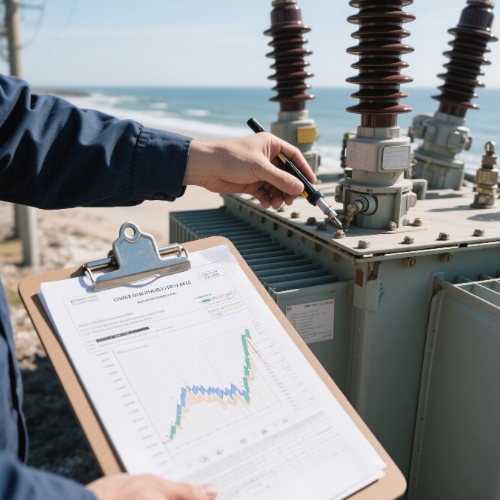
5. Addressing Findings
Upon completing an inspection, technicians categorize findings as minor, major, or critical. Minor issues—such as loose hardware—can be addressed immediately, while major concerns (e.g., oil seepage) require urgent isolation and repair. Critical findings, like severely damaged bushings, necessitate immediate shutdown to prevent catastrophic failures. A comprehensive inspection report, including photos and measurements, facilitates informed decision-making for maintenance and replacement.
6. Training and Expertise
Conducting accurate inspections demands trained personnel. Technicians must understand the nuances of distribution transformer design, recognizing normal wear versus abnormal degradation. Regular training programs keep teams updated on emerging inspection techniques, such as ultrasonic testing for partial discharges. By investing in expertise, organizations enhance the effectiveness of their inspection processes.
In conclusion, appearance inspection is the cornerstone of distribution transformer reliability. Through diligent, regular inspections, operators can mitigate risks, extend equipment lifespan, and safeguard power supply continuity. As the demand for stable electricity grows, prioritizing thorough inspections ensures that distribution transformers remain robust assets in the electrical grid.
Hey! I'm Oliver Watts, an electrical engineer in Inspection and Testing. With years of hands - on experience, I ensure electrical systems meet top safety and performance standards. Using advanced gear, I conduct diverse tests, easily spotting issues in both large - scale industrial and small - scale commercial setups. I love teaming up, sharing knowledge, and keeping up with industry regs. Also, I'm skilled at data analysis with software. If you're into electrical inspection or just want to chat engineering, reach out. Let's connect and explore!
